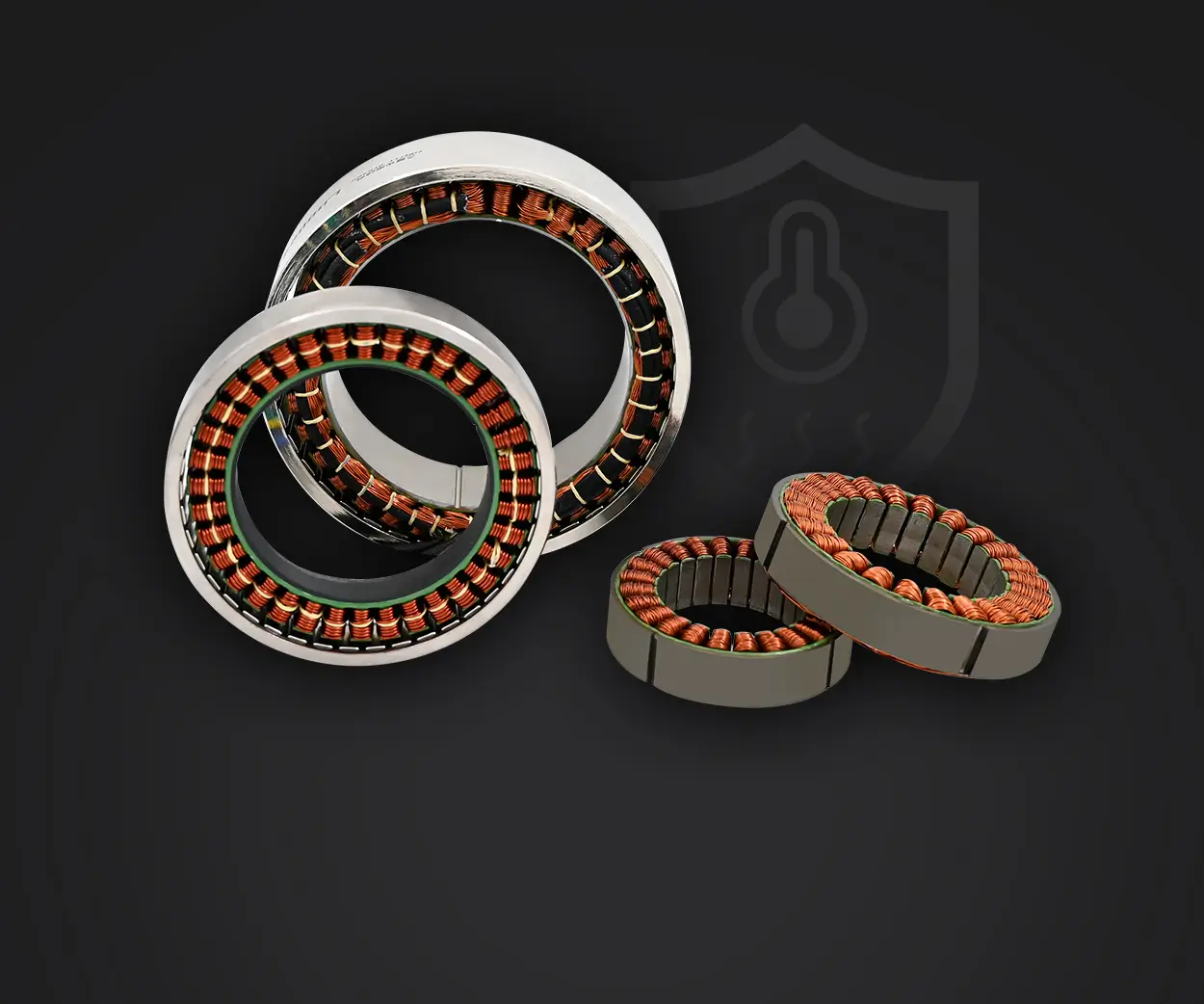Imagine a world where your ideas spring to life with the flick of a switch or the command of a code. Welcome to the fascinating universe of Arduino-powered projects, where electronics enthusiasts and innovators create everything from simple robotic arms to complex automation systems. At the heart of many of these projects lies a tiny but mighty component: the servo motor.

Servo motors are the backbone of precise movement in robotics and automation. Unlike standard motors, which rotate continuously in one direction, servo motors are designed for controlled, accurate positioning. Whether you're aiming to tilt a camera, open a valve, or build a robotic hand that mimics human gestures, servo motors provide the control you need.
But the question that often hovers over enthusiasts and beginners alike is: how much does a servo motor cost, especially when used with Arduino? Understanding the cost implications, ranges, and factors influencing price can help you plan your projects more effectively and avoid surprises down the line.
Why Use Servo Motors with Arduino?
Before diving into costs, it’s worth noting why servo motors are so popular in Arduino projects. They are remarkably easy to control thanks to simple PWM (Pulse Width Modulation) signals, making them accessible even for beginners. Plus, they usually come in compact sizes, are energy-efficient, and can deliver enough torque for many DIY applications.
In essence, servo motors bridge the gap between straight hardware and interactive, smart, precise automation—without demanding complex electronics or heavy power supplies.
The Types of Servo Motors and Their Cost Implications
Servo motors aren’t all created equal. Their prices vary based on size, torque, quality, brand, and intended application. Here’s a quick rundown of common types you’ll encounter:
Standard Hobby Servos: These are the most common for beginner and intermediate projects. They typically offer around 4.5 to 6 volts, provide decent torque, and are suitable for lightweight tasks like small robotic arms or toys. Cost Range: $3 to $15 per unit.
High-Torque Servos: Designed for applications that require more force, these servos can handle heavier loads, making them ideal for larger robotics or precise control systems. They often feature metal gears and higher power ratings. Cost Range: $15 to $50 or more.
Digital Servos: Offering better accuracy and responsiveness, digital servos are favored in competitive robotics, where rapid and precise movements matter. They tend to be slightly pricier due to their electronics and performance. Cost Range: $12 to $50.
Micro Servos: Compact and lightweight, micro servos are perfect for small-scale projects like drone control surfaces or miniature robots. They are generally more affordable but may deliver less torque. Cost Range: $2 to $10.
Factors Affecting Servo Motor Price
Several elements influence how much you'll spend on a servo motor:
Brand Reputation: Well-established brands like SG90, TowerPro, or Futaba typically offer higher-quality products, often commanding higher prices but with more reliable operation. Torque and Size: Larger or more powerful servos cost more due to more robust internal components and materials. Features: Digital control, metal gear trains, and higher precision add to the cost. Source and Supply Chain: Buying from local suppliers vs. international vendors can impact price and availability. Quantity and Bulk Purchase: Acquiring multiple units can lead to discounts—helpful for large projects.
Choosing the Right Servo Motor for Your Budget
If you’re just starting or working on a hobby project, you don’t need the priciest servo. A standard hobby servo like the TowerPro SG90, costing around $3-$5, can handle many beginner applications. For more demanding tasks or professional projects, investing in higher-torque or digital servos makes sense despite the higher expense.
It’s also worth considering a balance: sometimes, paying a little more upfront for a more durable, reliable servo can save you money and frustration in the long run by reducing replacements and troubleshooting.
Cost of Integrating Servo Motors with Arduino
While the servo motor itself is the primary cost, remember to factor in additional components:
Arduino Board: Ranging from $5 for clones to $30 for official models. Power Supply: Batteries or adapters cost around $5-$20. Connecting Wires and Accessories: Less than $10 for basic sets, but can add up with extensive setups. Motor Controllers or Shields: Many servo projects don’t need special controllers, but some complex arrangements might require additional hardware.
A basic beginner project—controlling a standard servo with Arduino—can be set up for under $30, making it accessible for most enthusiasts or learners. More elaborate setups, especially involving multiple servos or high-quality hardware, will naturally increase costs.
This concludes Part 1. Upon your approval, I will proceed with Part 2, which will explore real-world project considerations, budget optimization strategies, advanced options, and future trends related to servo motors in Arduino applications.
Leveraging innovations in modular drive technology, Kpower integrates high-performance motors, precision reducers, and multi-protocol control systems to provide efficient and customized smart drive system solutions.




































